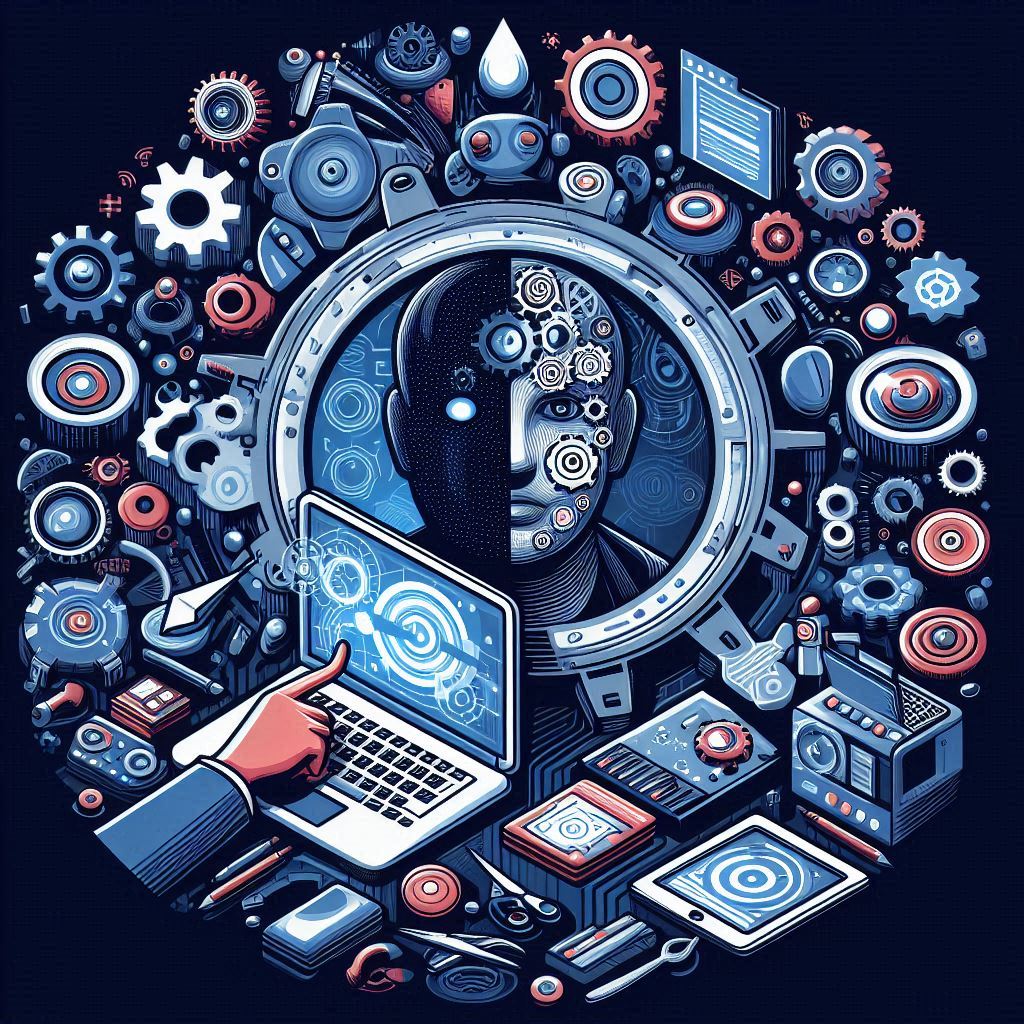The Role of Personalization in Enhancing Software Experience
In today’s fast-paced digital world, users have come to expect experiences tailored to their individual preferences and needs. Personalization in software development is no longer a luxury but a necessity for organizations seeking to enhance user experience, drive engagement, and build long-lasting relationships with their customers. This blog explores the role of personalization in enhancing software experiences, its benefits, and how to implement effective personalization strategies.
1. Understanding Personalization in Software
Personalization refers to the process of customizing software experiences based on user data, behaviors, and preferences. It involves creating a unique interaction for each user, which can range from customized interfaces to tailored content and recommendations. Personalization can occur at various levels, including:
- Content Personalization: Displaying relevant content based on user interests or behavior.
- User Interface Personalization: Customizing layout and design elements according to user preferences.
- Functional Personalization: Offering features that adapt to how users interact with the software.
2. Benefits of Personalization in Software
Implementing personalization in software development offers several advantages:
2.1. Enhanced User Engagement
Personalization captures users’ attention by providing relevant content and features. When users feel that the software is tailored to their needs, they are more likely to engage with it regularly, leading to increased usage and loyalty.
2.2. Improved User Satisfaction
Customized experiences cater to individual preferences, resulting in higher satisfaction levels. Satisfied users are more likely to recommend the software to others and continue using it over time.
2.3. Higher Conversion Rates
Personalization can significantly improve conversion rates, especially in e-commerce and service-based applications. Tailored recommendations and offers encourage users to take action, such as making a purchase or signing up for a service.
2.4. Increased Retention and Loyalty
When users have positive experiences, they are more likely to return. Personalization fosters a sense of connection and loyalty, leading to lower churn rates and higher customer lifetime value.
3. How to Implement Personalization in Software
Implementing effective personalization strategies requires a systematic approach. Here are the key steps:
3.1. Gather User Data
Collect relevant data to understand user preferences and behaviors. This can be achieved through:
- Surveys and Feedback: Directly asking users about their preferences.
- Behavioral Analytics: Analyzing how users interact with the software to identify patterns.
- User Profiles: Creating user accounts that allow for the storage of preferences and settings.
3.2. Segment Your Users
Segment users into distinct groups based on shared characteristics, such as demographics, behaviors, and preferences. This allows for targeted personalization efforts, ensuring that the right content reaches the right users.
3.3. Create Personalization Strategies
Develop specific strategies for implementing personalization based on user data. Some common strategies include:
- Dynamic Content: Adjusting content based on user profiles or behaviors, such as displaying different recommendations for different user segments.
- Customized Dashboards: Allowing users to personalize their dashboards by selecting which widgets or features they want to see.
- Personalized Notifications: Sending tailored notifications based on user activity or preferences.
3.4. Utilize Machine Learning and AI
Leverage machine learning algorithms and artificial intelligence to enhance personalization. These technologies can analyze large volumes of data to identify patterns and make real-time recommendations based on user behavior.
3.5. Test and Iterate
Continuously test personalization strategies to determine their effectiveness. Use A/B testing to compare different approaches and gather user feedback to refine and improve personalized experiences.
4. Challenges of Personalization
While personalization offers numerous benefits, it also comes with challenges that need to be addressed:
4.1. Data Privacy Concerns
With increasing regulations around data privacy, such as GDPR and CCPA, organizations must ensure they handle user data responsibly. Clearly communicate how user data will be used and obtain consent where necessary.
4.2. Over-Personalization Risks
Over-personalization can lead to user fatigue or discomfort. Striking a balance is crucial; users should feel that the software understands them without feeling overwhelmed or stalked.
4.3. Complex Implementation
Implementing personalization can be complex, requiring significant resources and technological investment. Organizations must ensure they have the necessary infrastructure and expertise to execute personalized strategies effectively.
5. Examples of Successful Personalization
Several companies have successfully implemented personalization in their software to enhance user experiences:
5.1. Spotify
Spotify uses advanced algorithms to provide personalized playlists, such as “Discover Weekly” and “Daily Mix,” based on users’ listening habits. This level of personalization keeps users engaged and encourages them to explore new music.
5.2. Amazon
Amazon’s recommendation engine analyzes user behavior and preferences to suggest products tailored to individual customers. This has significantly contributed to Amazon’s success in driving sales and customer loyalty.
5.3. Netflix
Netflix leverages personalization to provide tailored content recommendations based on viewing history and user ratings. The platform’s ability to suggest relevant shows and movies enhances user satisfaction and retention.
6. Conclusion
Personalization plays a crucial role in enhancing software experiences, leading to improved user engagement, satisfaction, and loyalty. By understanding user needs, gathering relevant data, and implementing effective personalization strategies, organizations can create software that resonates with users on a deeper level. While challenges exist, the benefits of a user-centric approach far outweigh the drawbacks, making personalization an essential component of modern software development. As technology continues to evolve, organizations that prioritize personalization will stand out in an increasingly competitive landscape.












